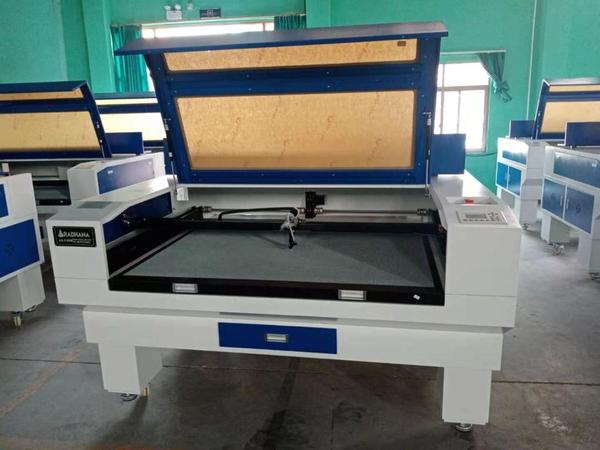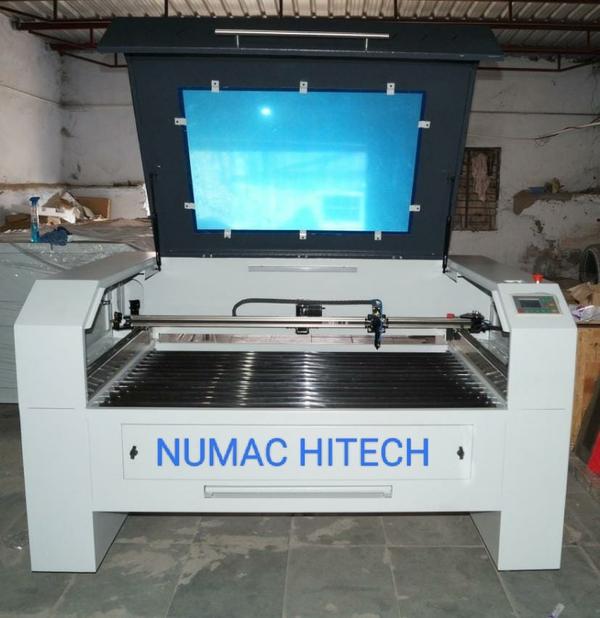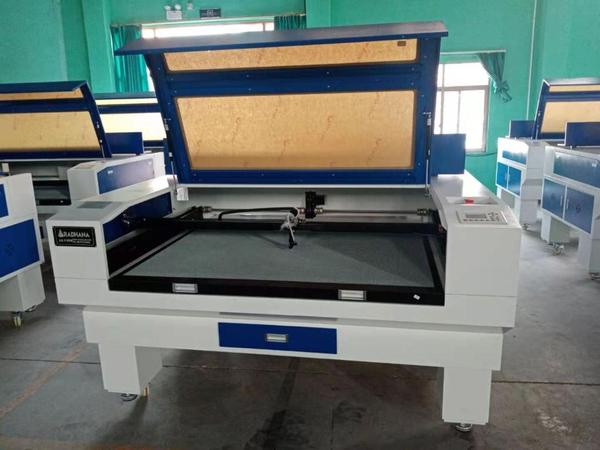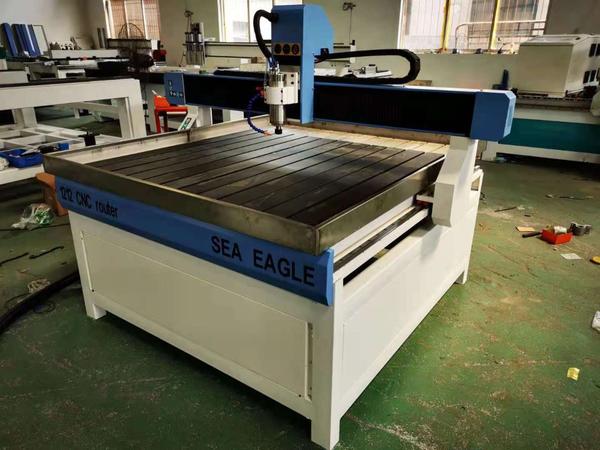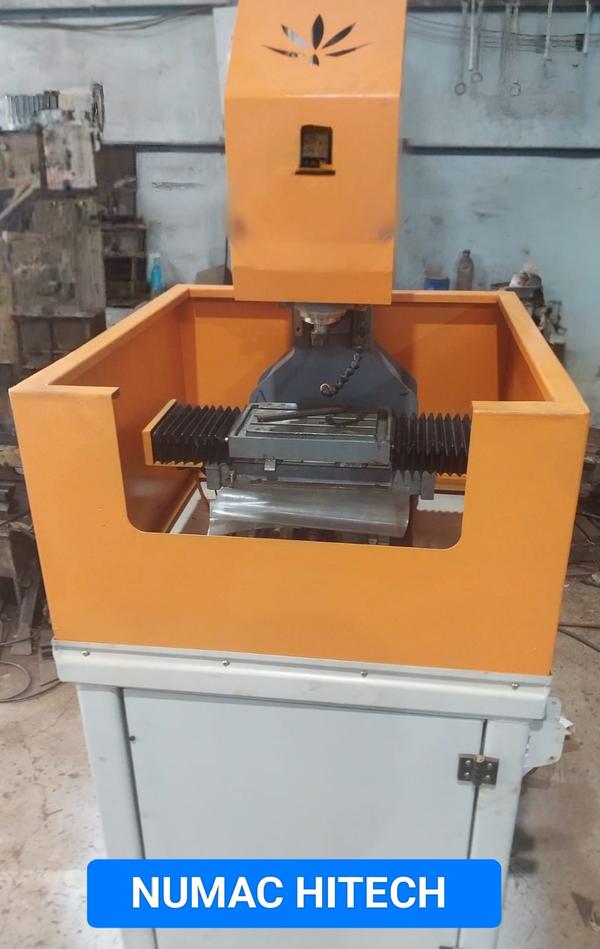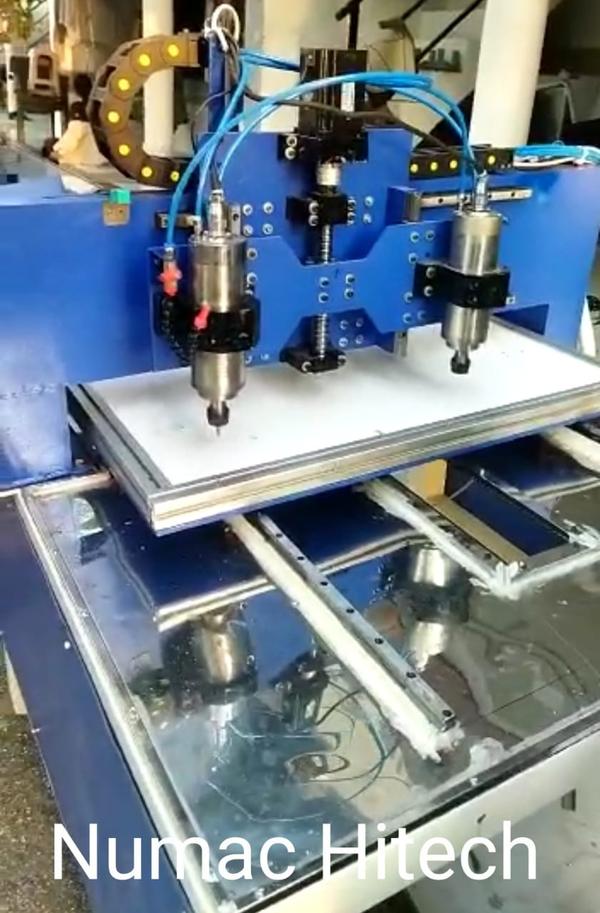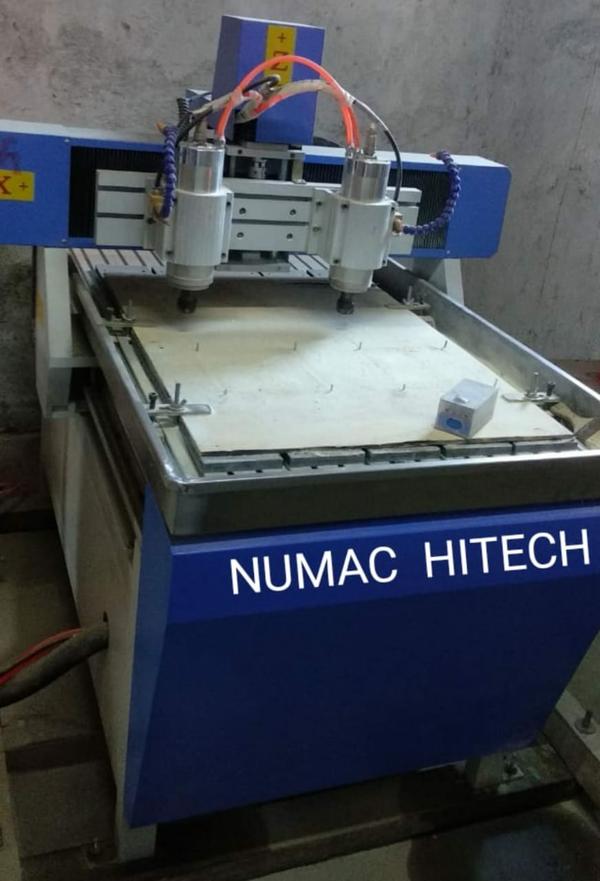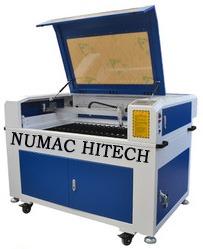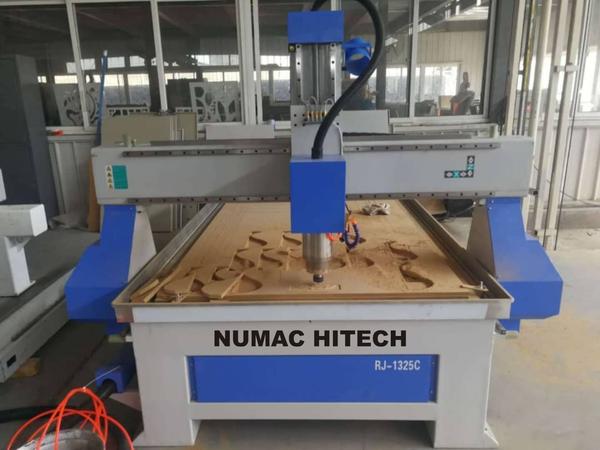DIE METAL ENGRAVING MACHINES
A metal die engraving CNC router machine is specifically designed for high-precision engraving, cutting, and shaping of metal dies used in various industries like automotive, electronics, and manufacturing. These machines are built to handle hard materials such as steel, aluminum, brass, and copper with high accuracy and fine detail. Below are the typical technical specifications of a metal die engraving CNC router machine:
### *Technical Specifications:*
1. *Working Area:*
- *X, Y, Z Travel:* Common sizes include:
- 200MM X 300MM X 100MM
- *600 mm x 900 mm x 200 mm (23.6" x 35.4" x 7.9")*
- *Z-Axis Travel:* Typically ranges from 200 mm to 400 mm, allowing for deep engraving.
2. *Spindle:*
- *Spindle Power:* 1.5KW 3.0 kW or higher, depending on the model and material requirements.
- *Spindle Speed:* 0-24,000 RPM, with some high-performance models offering up to 30,000 RPM.
- *Cooling System:* Water-cooled spindle for continuous, high-precision operation.
- *Tool Holder:* BT30, ISO20, or ER collets, depending on spindle type.
3. *Positioning Accuracy:*
- *Positioning Accuracy:* ±0.01 mm or better.
- *Repeatability:* ±0.005 mm or better.
4. *Drive System:*
- *Motors:* High-torque servo motors for precise and stable operation.
- *Transmission:*
- *X and Y Axis:* Helical rack and pinion or ball screw transmission for precision and durability.
- *Z Axis:* Ball screw transmission, often supported by heavy-duty linear guide rails for stable vertical movement.
- *Guide Rails:* Heavy-duty linear guide rails (e.g., Hiwin, THK) for smooth and precise movement.
5. *Control System:*
- *Controller:* Industrial-grade controllers like Syntec, Siemens, or FANUC for reliable operation.
- *Software Compatibility:* Compatible with advanced CAD/CAM software like ArtCAM, PowerMILL, Mastercam, Type3, etc.
- *File Formats Supported:* G-code, M-code, DXF, STL, etc.
6. *Table Structure:*
- *Table Surface:* Typically a T-slot table for clamping workpieces securely.
- *Material:* Often a cast iron or steel bed to minimize vibrations and maintain stability during heavy-duty operations.
7. *Power Supply:*
- *Voltage:* 380V/50Hz or 220V/60Hz, depending on the region.
- *Power Consumption:* Ranges from 10 kW to 15 kW, depending on spindle power and machine size.
8. *Cooling and Lubrication Systems:*
- *Cooling Method:* Water cooling for the spindle and mist or flood cooling systems for cutting tools to prevent overheating during metal cutting.
- *Lubrication System:* Automatic lubrication for linear guides and ball screws to ensure smooth operation and long life.
9. *Machine Dimensions and Weight:*
- *Dimensions:* Varies based on working area, typically robust and heavy to handle the forces of metal engraving.
11. *Optional Features:*
- *Rotary Axis:* For 4th axis operations, allowing for engraving on cylindrical objects.
- *Vacuum Table:* For holding thin or intricate metal workpieces securely.
- *High-Speed Drilling/Milling:* Optional high-speed spindle or attachments for additional functionality.
- *Probing System:* For automatic tool length measurement and workpiece probing.
12. *Safety Features:*
- *Emergency Stop Button:* Easily accessible for quick machine shutdown in case of emergency.
- *Enclosures/Guards:* Protective enclosures to shield the operator from flying debris and reduce noise.
These specifications can vary depending on the manufacturer and specific model, so it’s important to verify the exact specs when selecting a metal die engraving CNC router machine to match your production needs.
Send
Message

